My Western Hemisphere Championship in Olivos
by Kathleen Tocke (Photo courtesy of Matias Capizzano) I have never been a fan of two discards in a regatta. It allows people to take too many risks on the starting line and can contribute to general recalls. However, after not sailing the first day of the Western Hemisphere Championship, it gave us second life. Before arriving in Argentina, we felt well prepared to win the event. We considered it very important for Worlds preparation, so after missing the first day, Ernesto said, "this is just practice." It was a light wind regatta and we prefer breeze. I was told on the first day of the regatta, when it was windy, Ernesto looked like a "a sad little dog, because he couldn't go out and play." On day-two, Luis Soubie saved us, by offering to come to the apartment and take me four blocks to the club in his car. I had a difficult time being upright, and this included walking. Later that morning, we learned, this also included tacking. ...
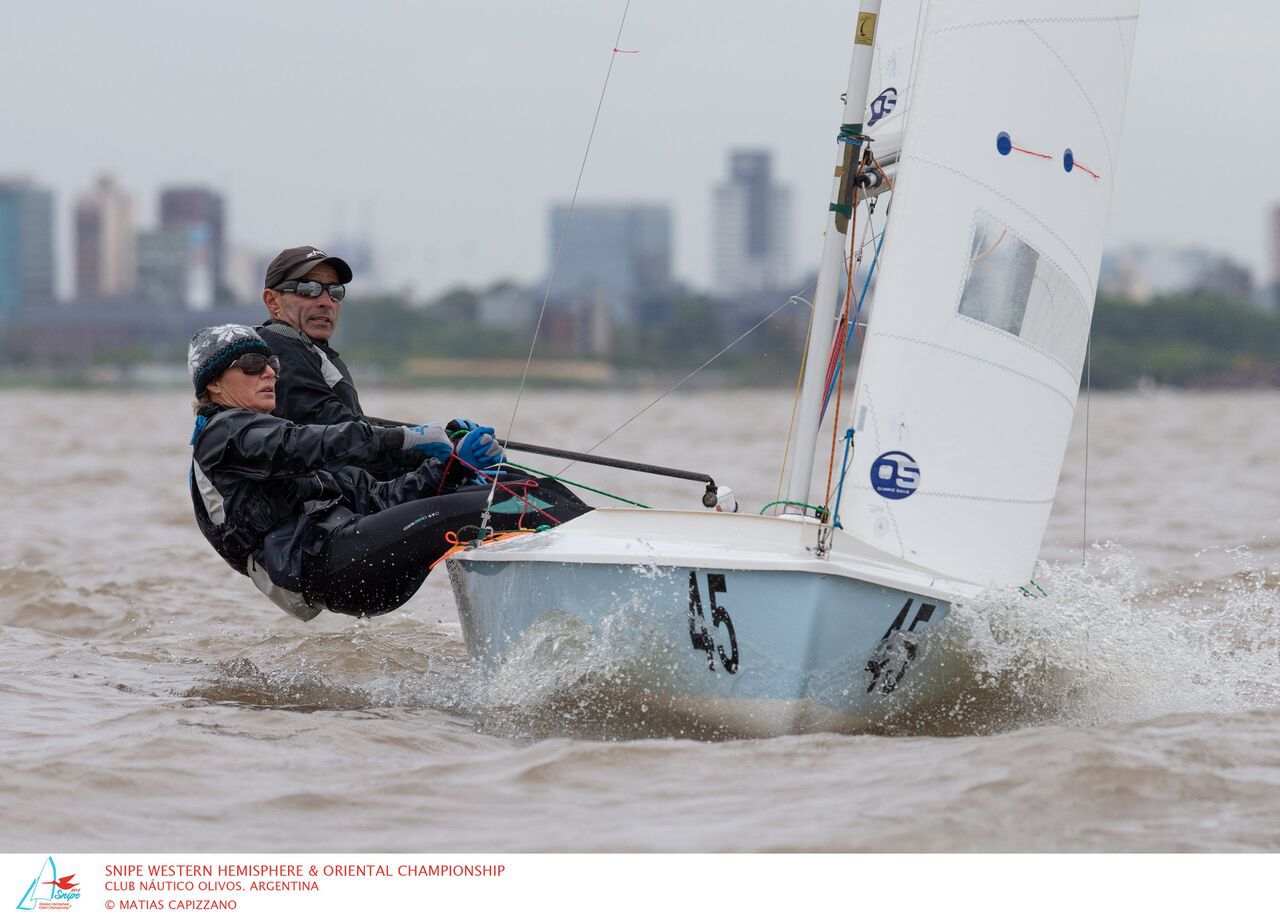

by Kathleen Tocke
(Photo courtesy of Matias Capizzano)
I have never been a fan of two discards in a regatta. It allows people to take too many risks on the starting line and can contribute to general recalls. However, after not sailing the first day of the Western Hemisphere Championship, it gave us second life. Before arriving in Argentina, we felt well prepared to win the event. We considered it very important for Worlds preparation, so after missing the first day, Ernesto said, “this is just practice.”
It was a light wind regatta and we prefer breeze. I was told on the first day of the regatta, when it was windy, Ernesto looked like a “a sad little dog, because he couldn’t go out and play.” On day-two, Luis Soubie saved us, by offering to come to the apartment and take me four blocks to the club in his car. I had a difficult time being upright, and this included walking. Later that morning, we learned, this also included tacking.
…
We didn’t necessarily talk about a specific strategy to win the event, and quite frankly, I don’t remember much of our first day, but there are a few things that were markedly different over the course of the regatta. We had fun sailing and each day seemed like a gift. Our first day sailing, we were just happy to be on the water and I was happy to be outside again. That feeling of elation was short-lived when we learned I could not tack. I was falling all the time, still nauseous and weak from not eating. Then we decided we had to take baby steps. Ernesto demonstrated more patience that I have ever seen, as I flailed in the front of the boat. The second day, I completed a tack without falling and we were both ecstatic. Everyday we improved and that gave us more energy and focus.
One of the other big differences in our sailing, was an increased level of risk taking. In long championships, it’s not about winning races, but sailing consistently in the top ten. Starting the event with two DNCs did not afford us this luxury. Seventy-five percent of the time we were front row, on the very edge of the starting line, usually trying to win the boat – high risk, high reward.
On the upwinds, we built a lot of leverage on the far edges. This was very risky, because the puffs were usually very slow in traveling down the course and they were very localized, so it was small groups that would benefit, again high risk, high reward. On the downwinds, we couldn’t take much risk. The fleet was very close, a small mistake could cost you four boats, so we focused on speed, working every puff, every little wave, and every shift to try to sail really low. It required a lot of patience and focus.
Every day, we were hyper focused, working for every little bit of speed out of our boat – by pressing on the hull, micro trims on the jib, working to take advantage of any little wave or puff. We knew there were a lot of teams sailing fast and every point, every meter counted.
On the fourth day, we won the first race, but finished 17th in the second, doubling our points in one day and seemingly making winning the championship an impossibility. Before the race, we talked about the dark clouds on the right side of the course. I believed that we would have to sail too far right to get into the pressure and that it wouldn’t last. The pin end was favored, so we got a great start towards the pin and that put us off to the left side. The majority of the fleet went right, got pressure and a major lift. A couple of times on the upwind we had an opportunity to consolidate with the fleet, but didn’t make the move. We wanted bigger gains and this our downfall – greed. After the first beat, we tended to get caught too much in the middle of the fleet and without good lanes, it was easy to be out of phase.
We knew the points going into the last race on the last day. The Cubans had been doing the math for us. We rounded the first windward mark in about 17th place, but sailed fast and smart downwind and rounded the first leeward gate in 10th position. We passed more boats upwind, catching every little shift. We rounded the last leeward gate in 4th, just behind Juliana and Rafael, but Luis and Brenda were also close and we could not afford a boat between us and Juliana.
As luck would have it, Juliana and Luis sailed upwind to the other side of the course, fighting against one and other and we headed left, more risk. We came into the finish on the port tack layline and tacked in front of Juliana and Rafael, just a couple boat lengths from the finish line. We didn’t know if we had won, because we also needed to put six points between us and Lucio and Barbie. We hadn’t seen them the entire race, but they had a penchant for making great comebacks. It took a lot of people telling us we won, to convince us.
All the teams on the podium were mixed teams. In fact, the top six teams were mixed. I don’t believe sailing mixed is a handicap, provided a team has optimal weight. Both members of the team must be athletic and even more important is time in the boat together. The top teams have been sailing a few years together or they have been putting a lot of hours in on the water together. This makes a big difference in performance, whether mixed or not. Mixed also makes the parties a lot more fun. The 2018 Western Hemisphere Championship was a great preview into next year’s Pan American Games in Lima, Peru – quality teams going fast and sailing smart – making for great racing at the next Games.
Comments for this post are closed

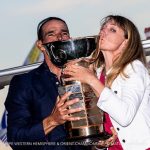
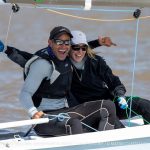
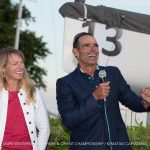
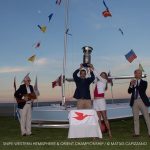
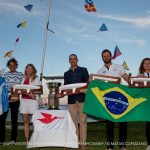
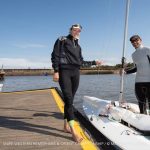
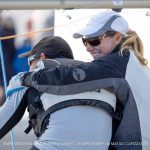
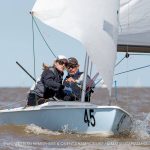
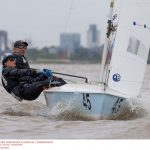
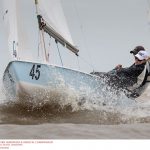
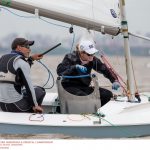
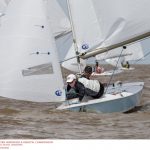
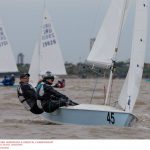
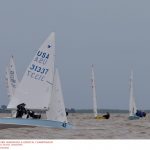
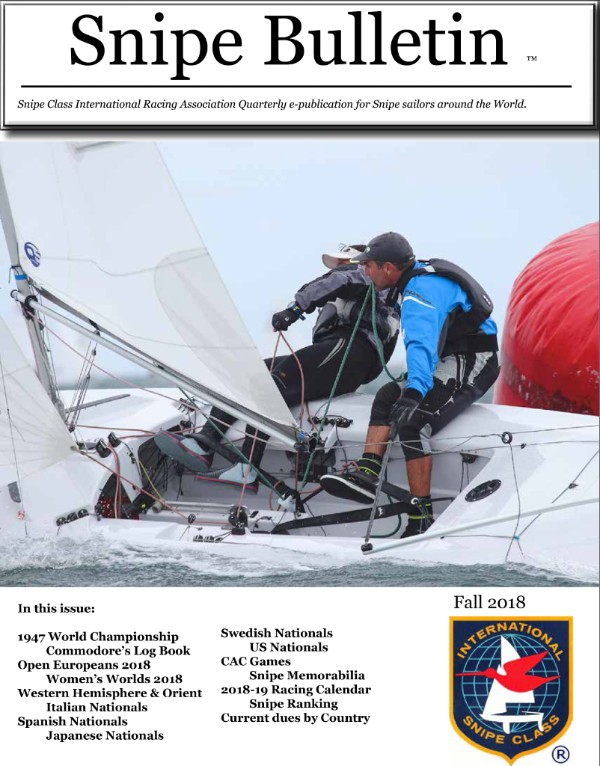
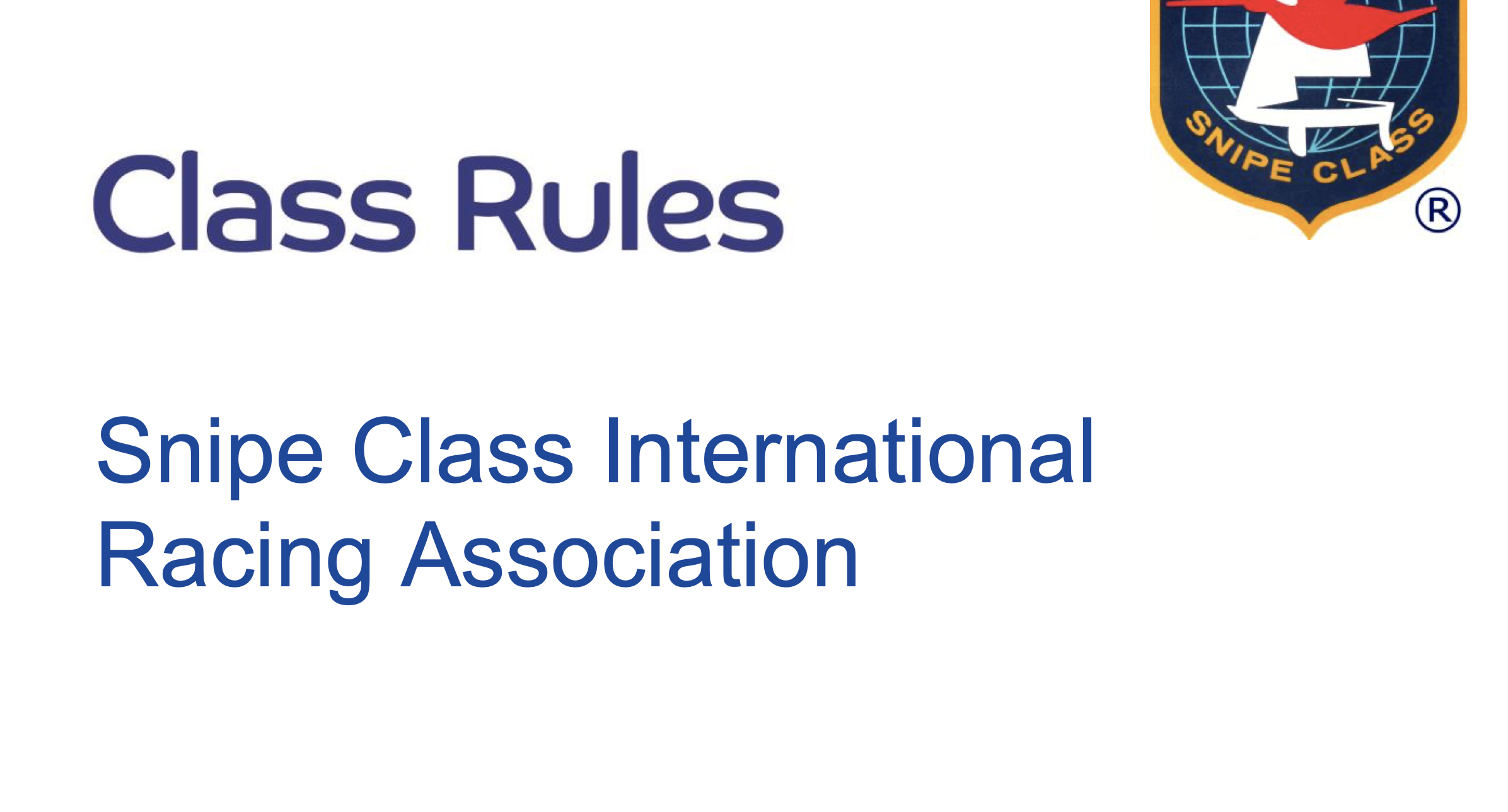
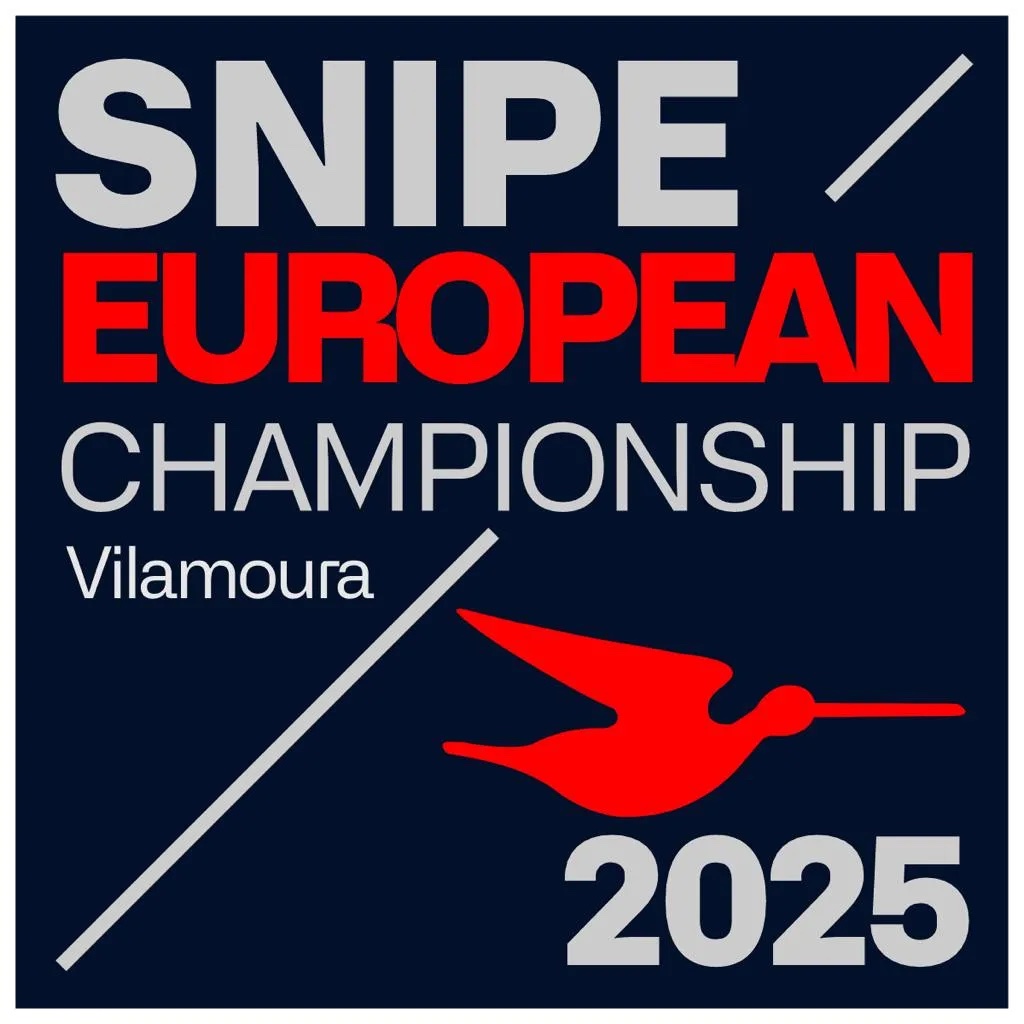
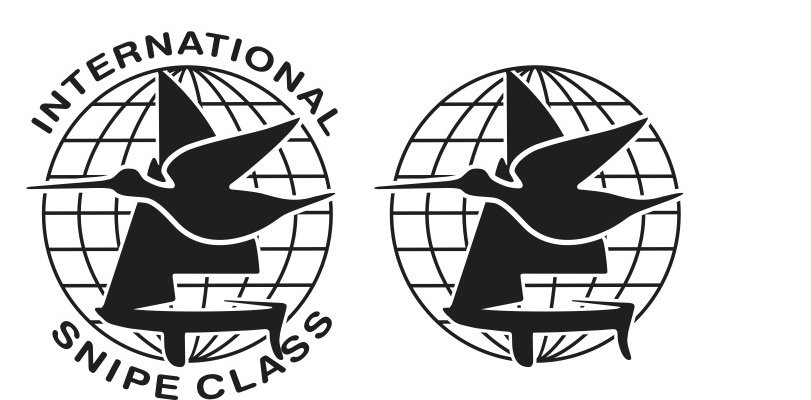
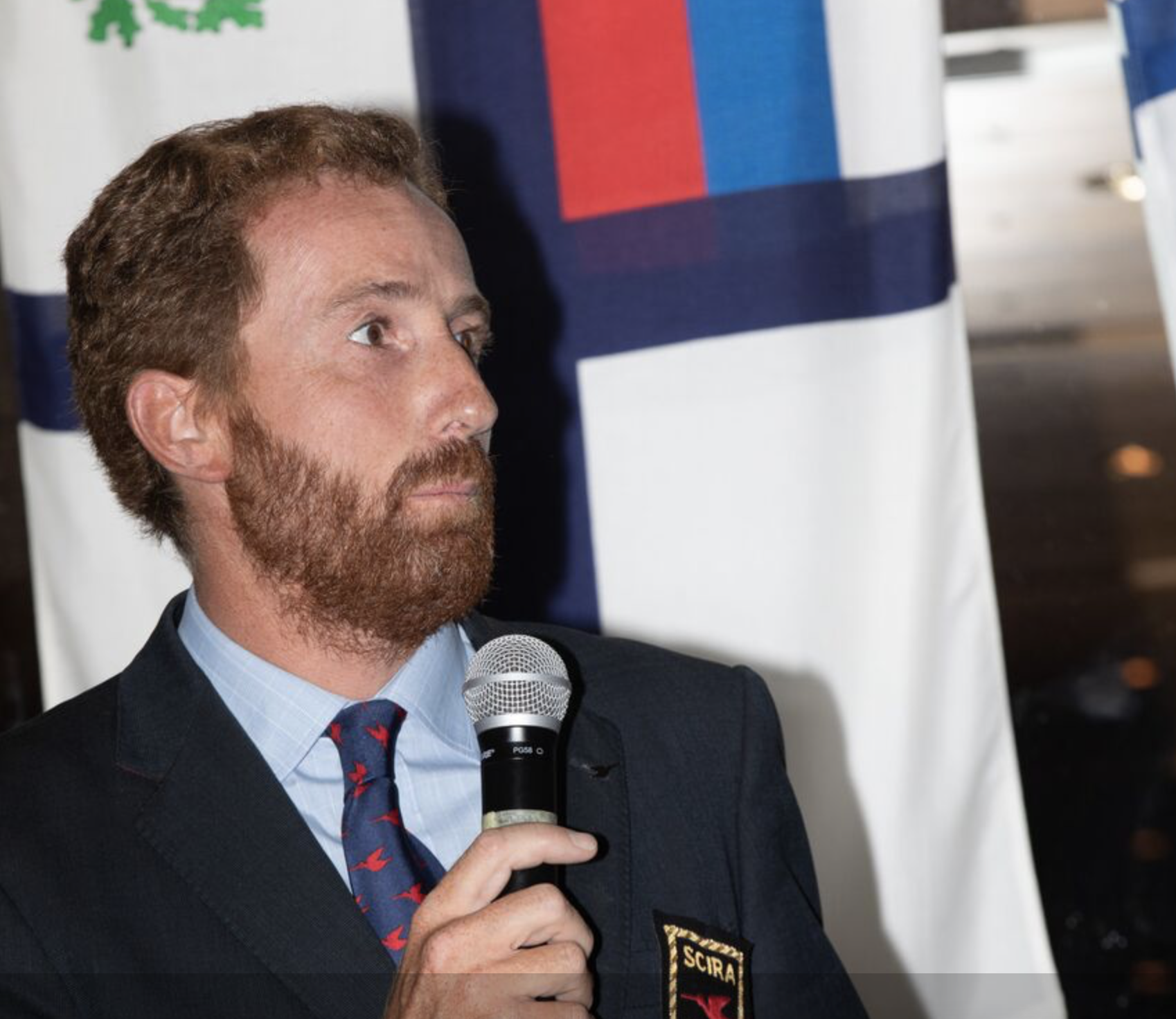
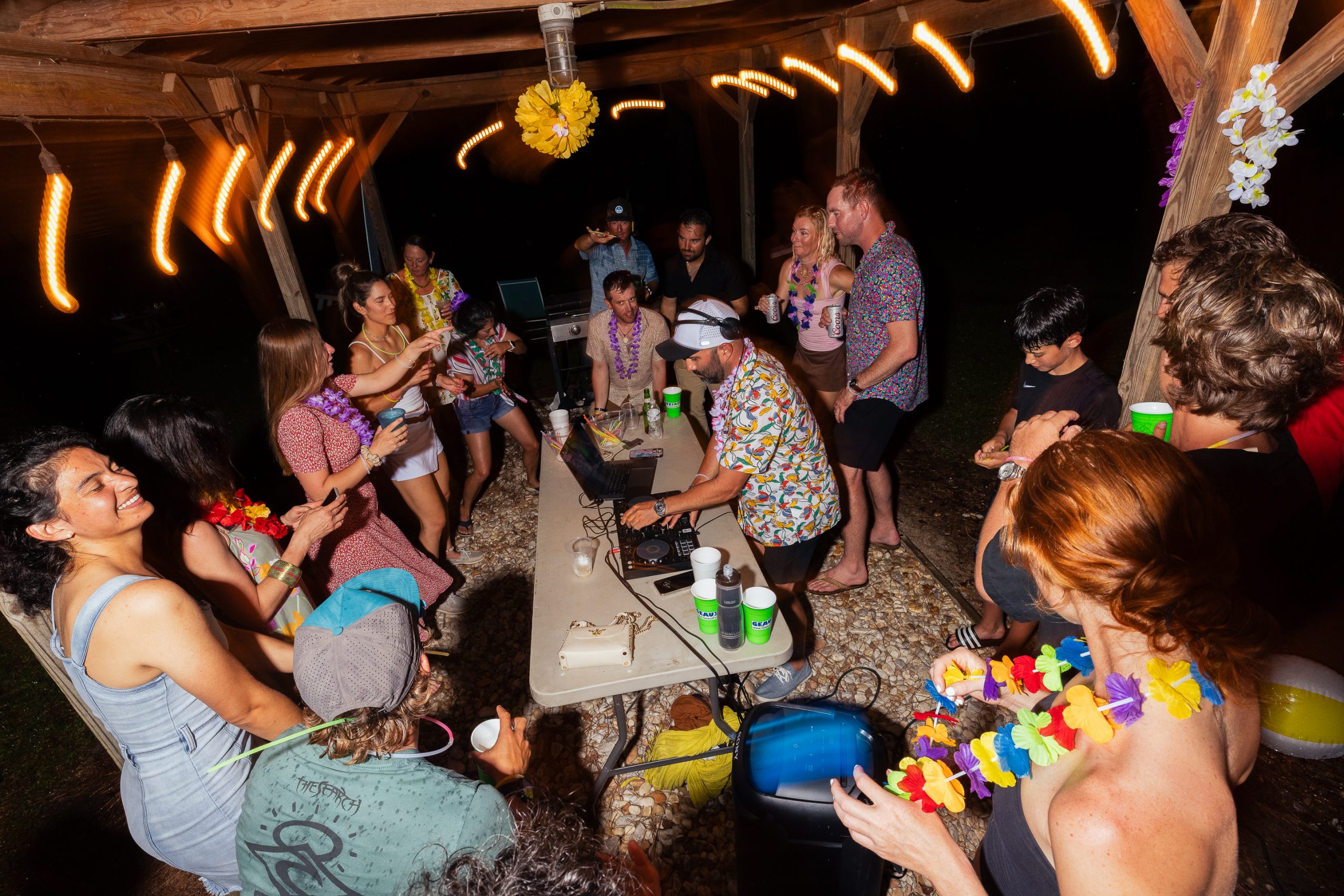
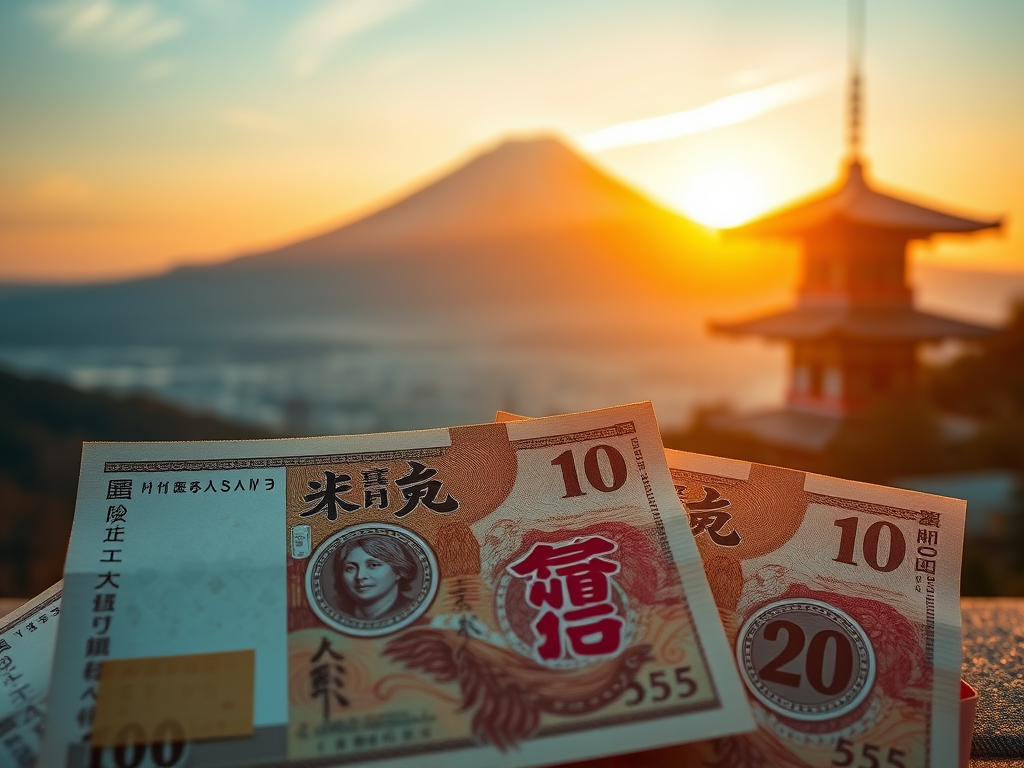
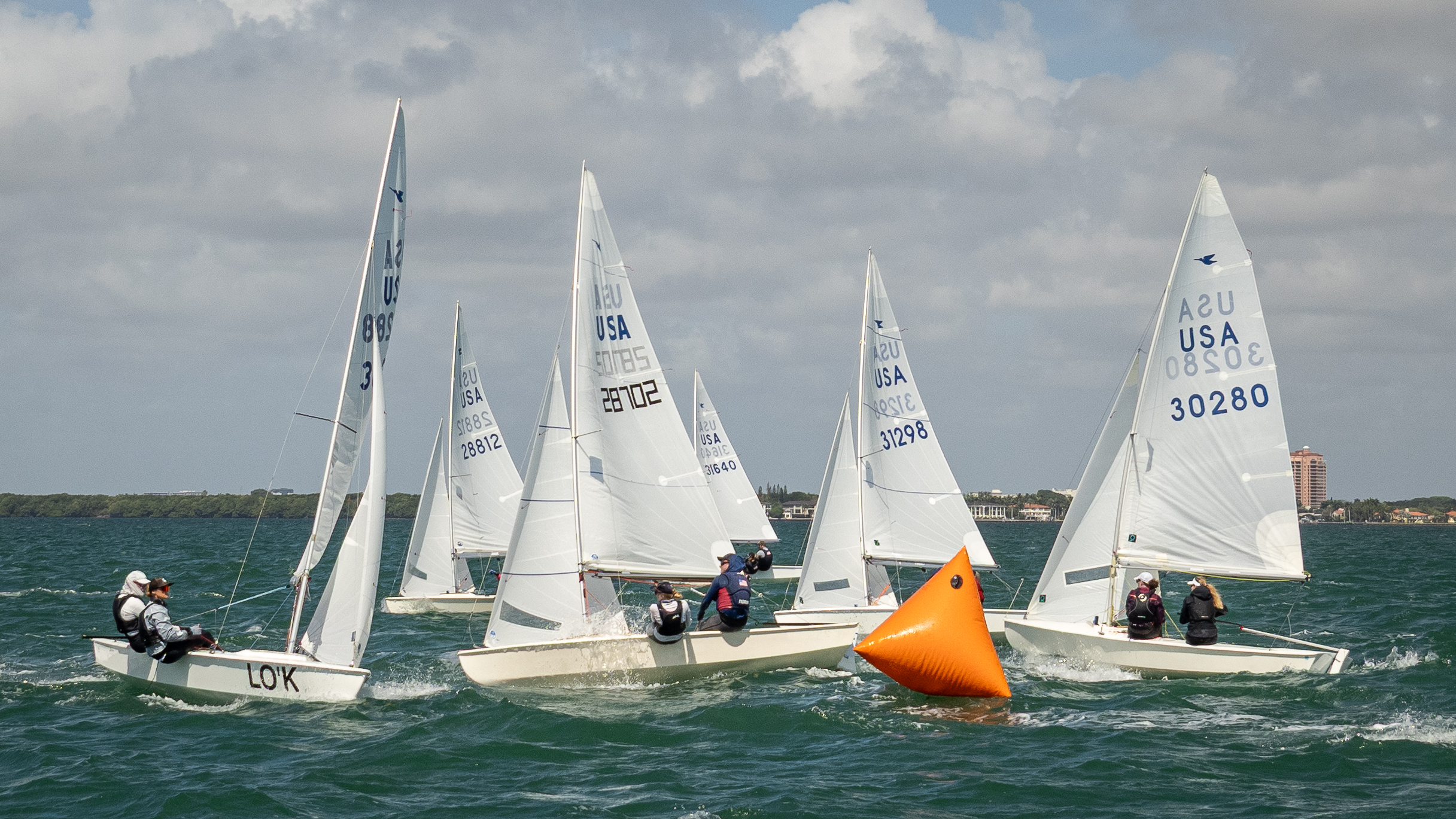
0 comments